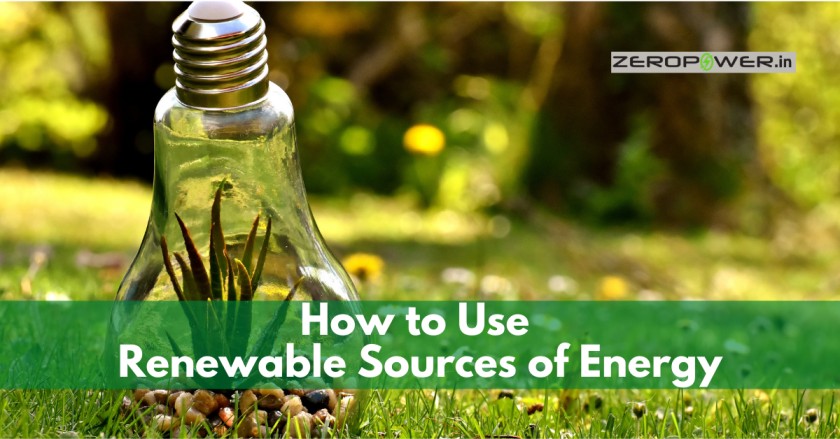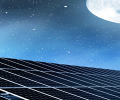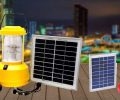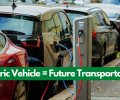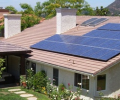In this article, we’ll talk about renewable energy and its types.
Firstly, let’s understand what a source of renewable energy actually is.
Fossil fuels emit power that deplete after a certain amount of time due given vigorous use. For example, as petroleum is a non-renewable energy; the sun can be considered as the source of renewable energy. It is no secret that the term “alternative energy” is also source of renewable energy. In other words, the power sources can be used as alternative energy to fossil fuels, like coal are known as alternative energy.
Presently, the popular sources of renewable energy are:
- Wind energy
- Solar energy
- Hydro energy
- Biomass energy
- Geothermal energy
- Tidal energy
Further, let’s now focus on the exact way using which these energies work:
Wind Energy
We all live in an atmosphere that has an abundant supply of air, which means as a plentiful source of clean energy provider we can consider it. In the United Kingdom, the National Grid is a very familiar sight. The wind farms get a continuous supply of electricity generated through wind power. One could easily harness electricity from wind power, by using turbines that run through the blowing wind. Afterwards, the generators driven to produce electricity supplied to the National Grid.
Solar Energy
The most freely and abundantly available source of power on our planet is the sunlight. The calculation of the total energy requirements of our planet in a whole year is the same as scattered by the sun on the earth for not more than 1 hour. You might think that this is a perfect renewable energy source, but your geographical location, the season of the year, and the availability of the sun’s energy decides the actual obtainability of this power. UK has started to use Solar energy as a supplement to power usage. Therefore, to find out more about the pieces of machinery available that can function using renewable energy, check our gallery.
Hydro Energy
The most commercially developed resource of renewable energy is hydropower, in addition to the solar & wind energy. To produce electricity using the flow of water you have to build a large reservoir, a barrier, or a dam that passes the water and it drives a turbine. You can always consider this power as a reliable source than wind power or solar power; you can also utilize the electricity when it’s in huge demand by storing it.
Biomass Energy
Biomass energy is the transformation of solid fuel into electricity. Plant constituents help the preparation of Biomass. Nowadays, biomass creation involves producing electricity by burning organic materials. In other words there is an involvement of an power-efficient and cleaner process in the generation of biomass energy. Moreover, by transforming domestic, industrial, and agricultural waste into gas, liquid, and solid fuel, biomass generates power at a much lower cost-effective and eco-friendly price.
Geothermal Energy
Likewise, the heat generated below the earth’s surface is harnessed to generate electricity. Therefore, this process is the production of geothermal energy. In countries like Iceland, geothermal heat is much more freely available in comparison to countries like the UK.
Tidal Energy
In conclusion, one alternative of hydro power that drives turbine generators by using twice-daily tidal currents is known as tidal energy. We all are aware that the exposure to predictable tides lead to tidal energy. Therefore the tide current is low when the source is not available.
